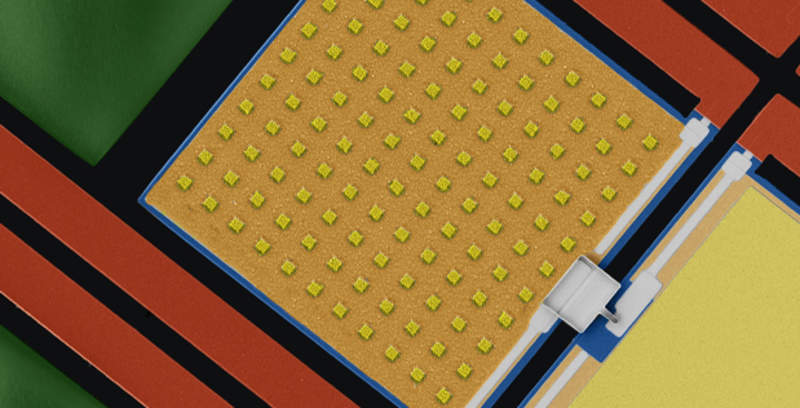
.jpg)
The US Defense Advanced Research Projects Agency (DARPA) is set to develop a new sensor that can detect a signature of infrared (IR) wavelengths characteristic of things to improve situational awareness for warfighters.
A team of researchers at Northeastern University in Boston will develop a sensor powered by IR energy, as part of DARPA's Near Zero Power RF and Sensor Operation (N-ZERO) programme.
DARPA Microsystems Technology Office N-ZERO Program manager Troy Olsson said: “What is really interesting about the Northeastern IR sensor technology is that, unlike conventional sensors, it consumes zero stand-by power when the IR wavelengths to be detected are not present.
“When those IR wavelengths are present and impinge on the Northeastern team’s IR sensor, the energy from the IR source heats the sensing elements which, in turn, causes physical movement of key sensor components. These motions result in the mechanical closing of otherwise open circuit elements, thereby leading to signals that the target IR signature has been detected.”
The IR sensor technology features multiple sensing elements, each of which is adapted to absorb a specific IR wavelength.
These elements combine into complex logic circuits that are capable of analysing IR spectrums, which allow sensors to detect IR energy in the environment and specify if that energy derives from a fire, vehicle, person or some other IR source.
The sensor also includes a grid of nanoscale patches whose specific dimensions limit them to absorb only particular IR wavelengths, DARPA stated.
Northeastern University Electrical and Computer Engineering associate professor Matteo Rinaldi said: “The charge-based excitations, called plasmons (that can be thought of somewhat like ripples on the surface of water), are highly localised below the nanoscale patches and effectively trap specific wavelengths of light into the ultra-thin structure, inducing a relatively large and swift spike in its temperature.”
Image: The micrograph features the multiple, wavelength-specific sensor patches that enable this N-ZERO device to capture infrared signatures of specific heat-emitting sources. Photo: courtesy of the Defense Advanced Research Projects Agency.



